Computer Architecture Design
1.
Fundamentals of
Computer Design
1.1
Introduction
1.2
The Task of a Computer Designer
1.3
Technology and Computer Usage Trends
1.4
Cost and Trends in Cost
1.5 Measuring and Reporting Performance
1.6 Quantitative Principles of Computer Design
1.7 Putting It All Together:
The Concept of Memory Hierarchy
1.8 Fallacies and Pitfalls
1.9 Concluding Remarks
1.10 Historical Perspective and References
- References
- Exercises
2. Instruction Set
Principles and
Examples
2.1
Introduction
2.2
Classifying Instruction Set Architectures
2.3
Memory Addressing
2.4 Operations in the Instruction Set
2.5 Type and Size of Operands
2.6 Encoding an Instruction Set
2.7 Crosscutting Issues: The Role of Compilers
2.8 Putting It All Together: The DLX Architecture
2.9 Fallacies and Pitfalls
2.10 Concluding Remarks
2.11 Historical Perspective and References
- References
- Exercises
3.
Pipelining
3.1
What Is Pipelining?
3.2
The Basic Pipeline for DLX
3.3 The Major Hurdle of Pipelining.
Pipeline Hazards
3.4 Data Hazards
3.5 Control Hazards
3.6 What Makes Pipelining Hard to Implement?
3.7 Extending the DLX Pipeline to
Handle Multicycle Operations
3.8 Crosscutting Issues:
Instruction Set Design and Pipelining
3.9 Putting It All Together:
The MIPS R4000 Pipeline
3.10 Fallacies and Pitfalls
3.11 Concluding Remarks
3.12 Historical Perspective and References
- References
- Exercises
4.
Advanced Pipelining
and Instruction-
Level Parallelism
4.1
Instruction-Level Parallelism:
Concepts and Challenges
4.2 Overcoming Data Hazards
with Dynamic Scheduling
4.3 Reducing Branch Penalties
with Dynamic Hardware Prediction
4.4 Taking Advantage of More ILP
with Multiple Issue
4.5 Compiler Support for Exploiting ILP
4.6 Hardware Support for Extracting
More Parallelism
4.7 Studies of ILP
4.8 Putting It All Together: The PowerPC 620
4.9 Fallacies and Pitfalls
4.10 Concluding Remarks
4.11 Historical Perspective and References
- References
- Exercises
5.
Memory-Hierarchy
Design
5.1
Introduction
5.2
The ABCs of Caches
5.3 Reducing Cache Misses
5.4 Reducing Cache Miss Penalty
5.5 Reducing Hit Time
5.6 Main Memory
5.7 Virtual Memory
5.8 Protection and Examples of Virtual Memory
5.9 Crosscutting Issues in the Design of
Memory Hierarchies
5.10 Putting It All Together:
The Alpha AXP 21064 Memory Hierarchy
5.11 Fallacies and Pitfalls
5.12 Concluding Remarks
5.13 Historical Perspective and References
- References
- Exercises
6.
Storage Systems
6.1
Introduction
6.2
Types of Storage Devices
6.3
Buses.Connecting I/O Devices to CPU/Memory
6.4 I/O Performance Measures
6.5 Reliability, Availability, and RAID
6.6 Crosscutting Issues:
Interfacing to an Operating System
6.7 Designing an I/O System
6.8 Putting It All Together:
UNIX File System Performance
6.9 Fallacies and Pitfalls
6.10 Concluding Remarks
6.11 Historical Perspective and References
- References
- Exercises
7.
Interconnection
Networks
7.1
Introduction
7.2
A Simple Network
7.3
Connecting the Interconnection Network
to the Computer
7.4
Interconnection Network Media
7.5 Connecting More Than Two Computers
7.6 Practical Issues for Commercial
Interconnection Networks
7.7 Examples of Interconnection Networks
7.8 Crosscutting Issues for
Interconnection Networks
7.9 Internetworking
7.10 Putting It All Together:
An ATM Network of Workstations
7.11 Fallacies and Pitfalls
7.12 Concluding Remarks
7.13 Historical Perspective and References
- References
- Exercises
8.
Multiprocessors
8.1
Introduction
8.2
Characteristics of Application Domains
8.3 Centralized Shared-Memory Architectures
8.4 Distributed Shared-Memory Architectures
8.5 Synchronization
8.6 Models of Memory Consistency
8.7 Crosscutting Issues
8.8 Putting It All Together:
The SGI Challenge Multiprocessor
8.9 Fallacies and Pitfalls
8.10 Concluding Remarks
8.11 Historical Perspective and References
- References
- Exercises
Appendix
A.
Computer Arithmetic
A.1
Introduction
A.2
Basic Techniques of Integer Arithmetic
A.3 Floating Point
A.4 Floating-Point Multiplication
A.5 Floating-Point Addition
A.6 Division and Remainder
A.7 More on Floating-Point Arithmetic
A.8 Speeding Up Integer Addition
A.9 Speeding Up Integer Multiplication and Division
A.10 Putting It All Together
A.11 Fallacies and Pitfalls
A.12 Historical Perspective and References
- References
- Exercises
B
. Vector Processors
B.1
Why Vector Processors?
B.2
Basic Vector Architecture
B.3 Two Real-World Issues:
Vector Length and Stride
B.4 Effectiveness of Compiler Vectorization
B.5 Enhancing Vector Performance
B.6 Putting It All Together:
Performance of Vector Processors
B.7 Fallacies and Pitfalls
B.8 Concluding Remarks
B.9 Historical Perspective and References
- References
- Exercises
C.
Survey of RISC
Architectures
C.1
Introduction
C.2
Addressing Modes and Instruction Formats
C.3
Instructions: The DLX Subset
C.4 Instructions: Common Extensions to DLX
C.5 Instructions Unique to MIPS
C.6 Instructions Unique to SPARC
C.7 Instructions Unique to PowerPC
C.8 Instructions Unique to PA-RISC
C.9 Concluding Remarks
C.10 References
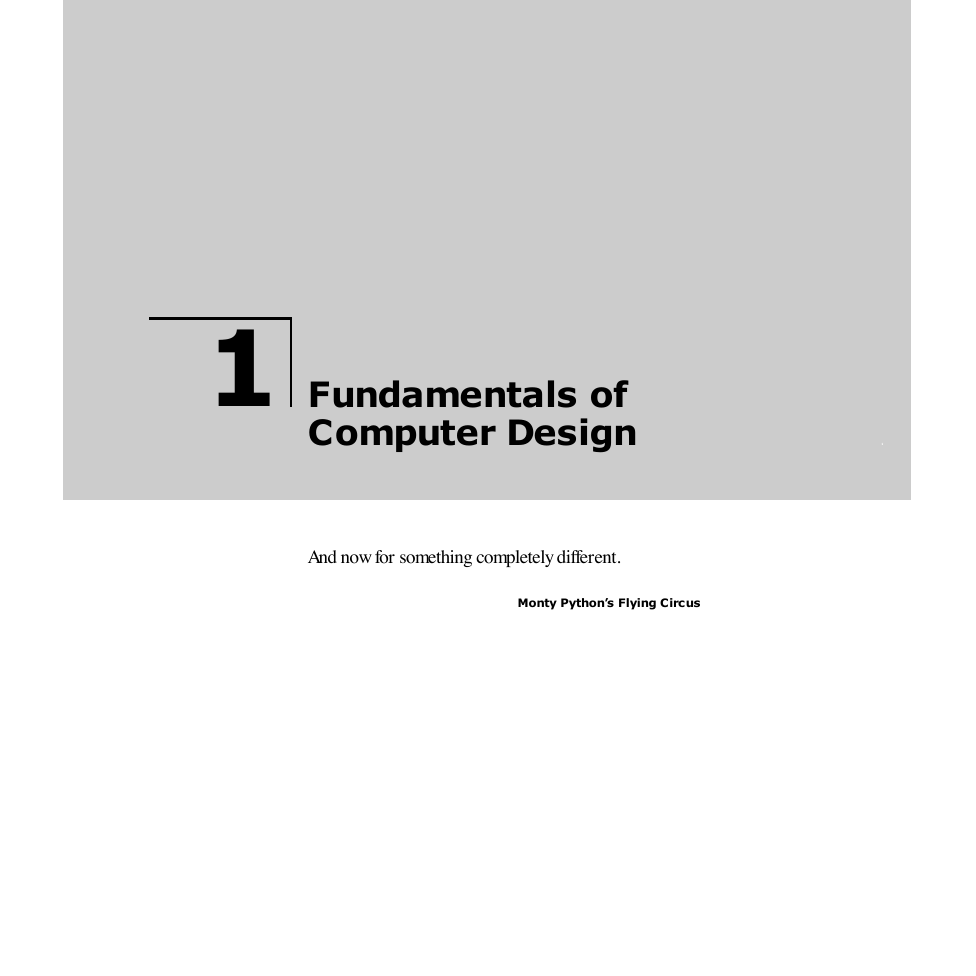
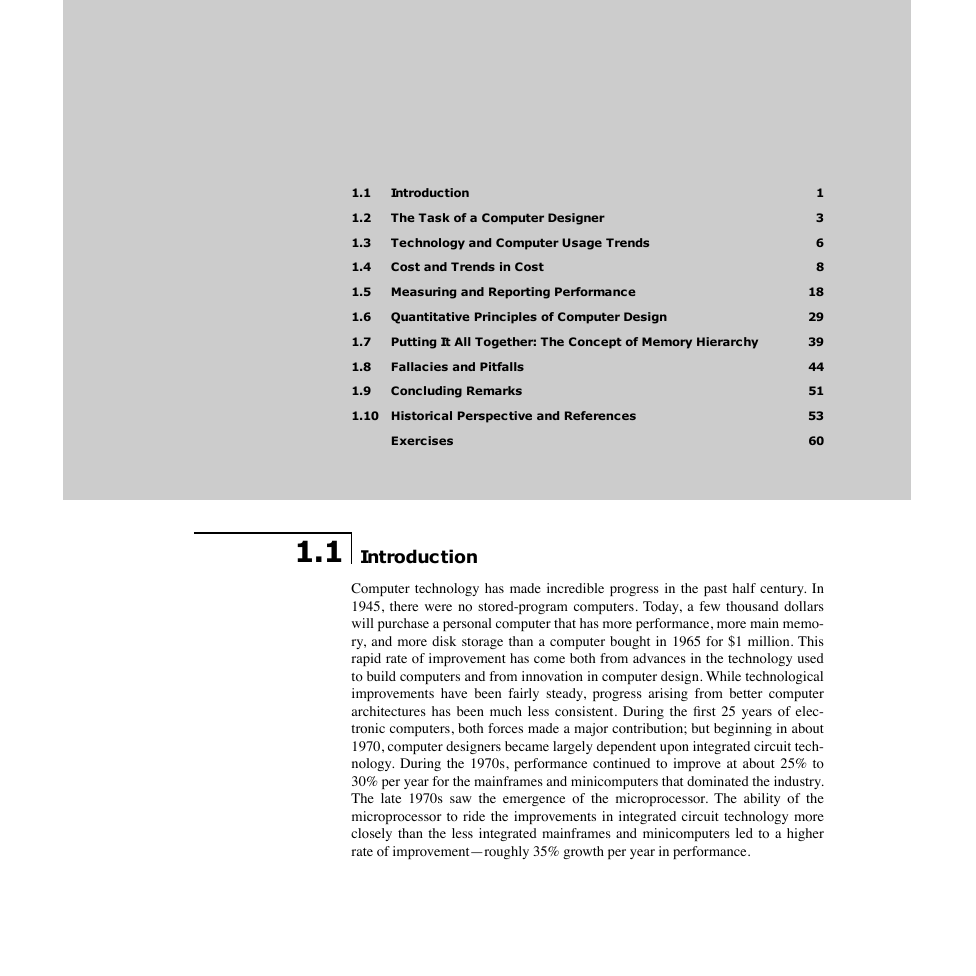
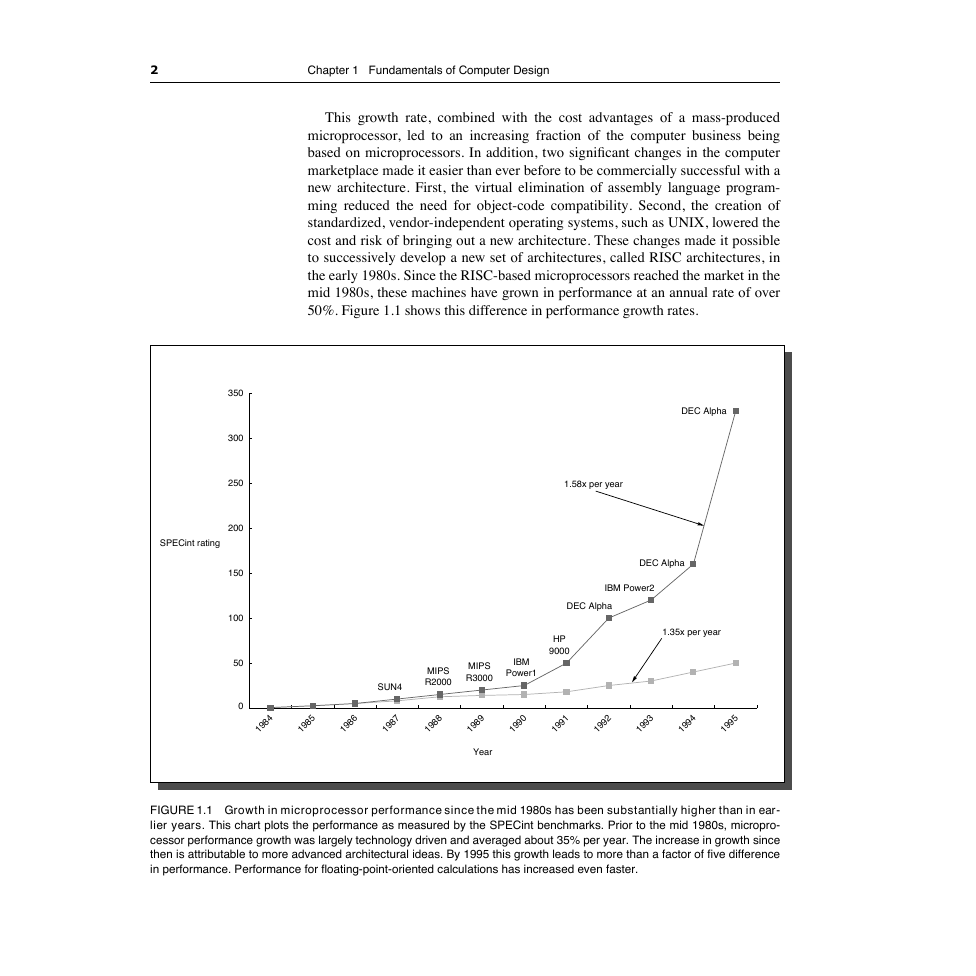
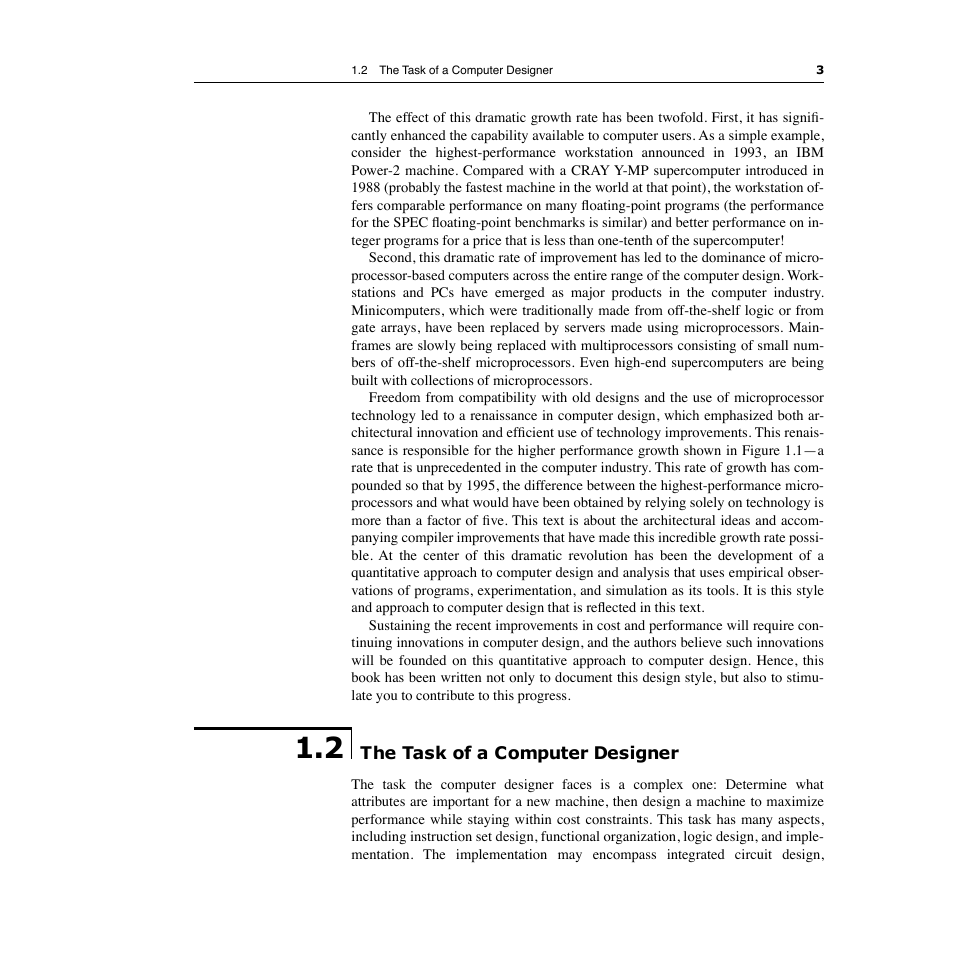
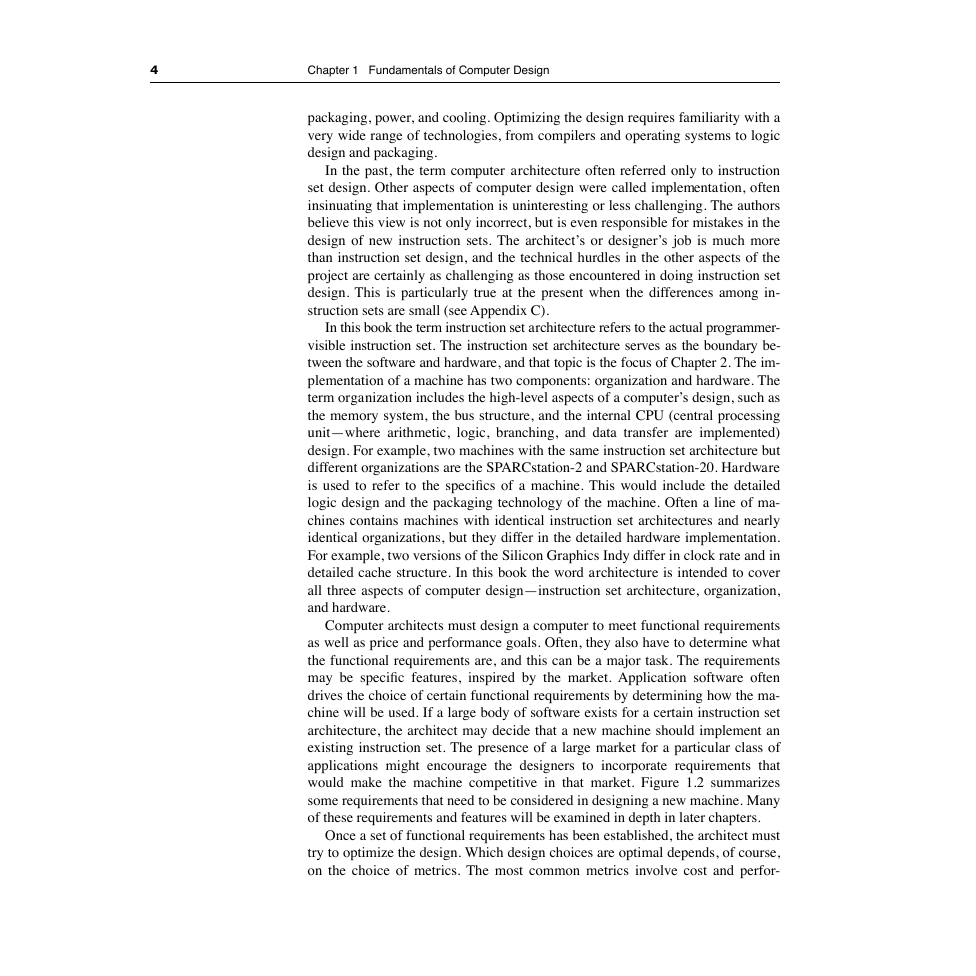
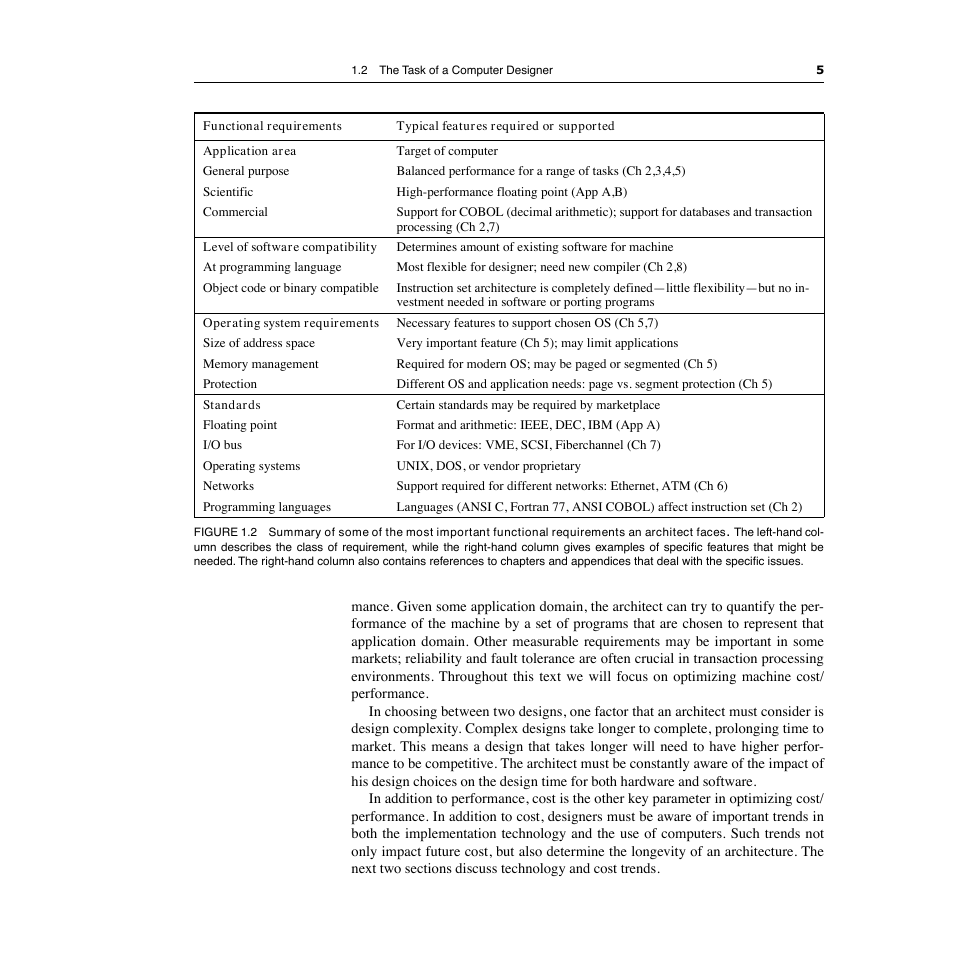
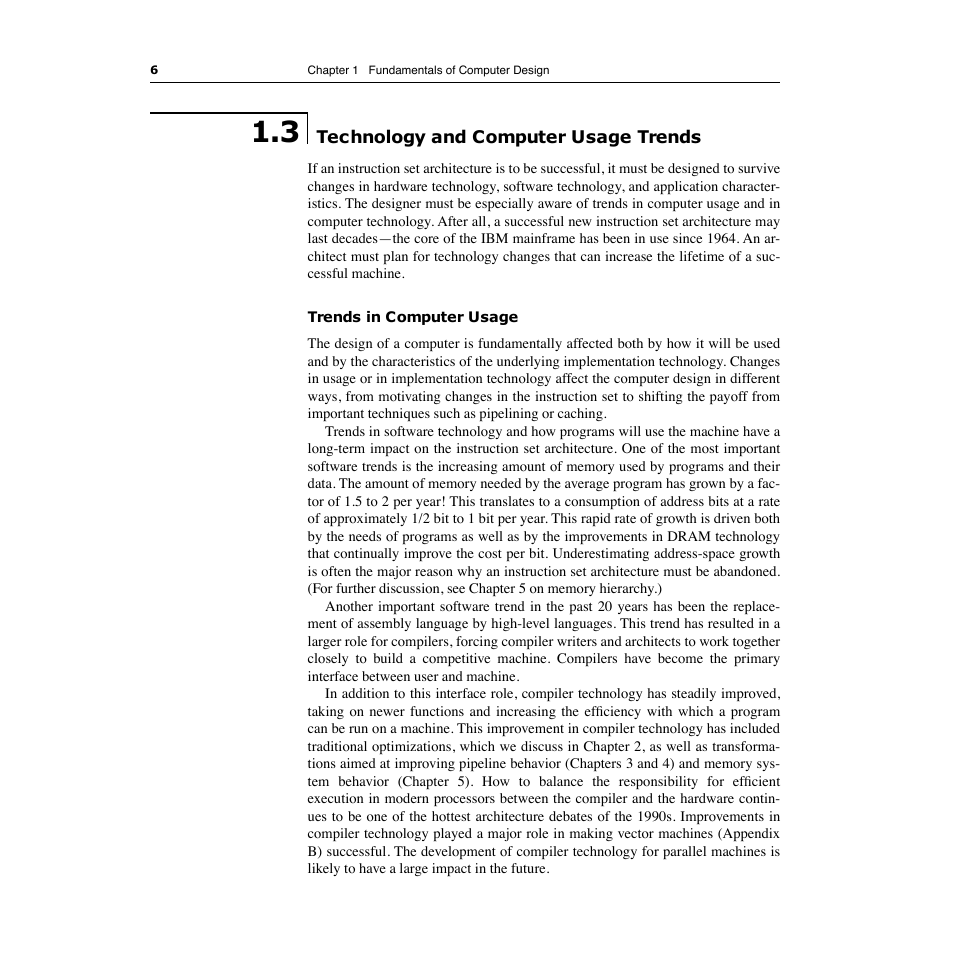









 2023年江西萍乡中考道德与法治真题及答案.doc
2023年江西萍乡中考道德与法治真题及答案.doc 2012年重庆南川中考生物真题及答案.doc
2012年重庆南川中考生物真题及答案.doc 2013年江西师范大学地理学综合及文艺理论基础考研真题.doc
2013年江西师范大学地理学综合及文艺理论基础考研真题.doc 2020年四川甘孜小升初语文真题及答案I卷.doc
2020年四川甘孜小升初语文真题及答案I卷.doc 2020年注册岩土工程师专业基础考试真题及答案.doc
2020年注册岩土工程师专业基础考试真题及答案.doc 2023-2024学年福建省厦门市九年级上学期数学月考试题及答案.doc
2023-2024学年福建省厦门市九年级上学期数学月考试题及答案.doc 2021-2022学年辽宁省沈阳市大东区九年级上学期语文期末试题及答案.doc
2021-2022学年辽宁省沈阳市大东区九年级上学期语文期末试题及答案.doc 2022-2023学年北京东城区初三第一学期物理期末试卷及答案.doc
2022-2023学年北京东城区初三第一学期物理期末试卷及答案.doc 2018上半年江西教师资格初中地理学科知识与教学能力真题及答案.doc
2018上半年江西教师资格初中地理学科知识与教学能力真题及答案.doc 2012年河北国家公务员申论考试真题及答案-省级.doc
2012年河北国家公务员申论考试真题及答案-省级.doc 2020-2021学年江苏省扬州市江都区邵樊片九年级上学期数学第一次质量检测试题及答案.doc
2020-2021学年江苏省扬州市江都区邵樊片九年级上学期数学第一次质量检测试题及答案.doc 2022下半年黑龙江教师资格证中学综合素质真题及答案.doc
2022下半年黑龙江教师资格证中学综合素质真题及答案.doc